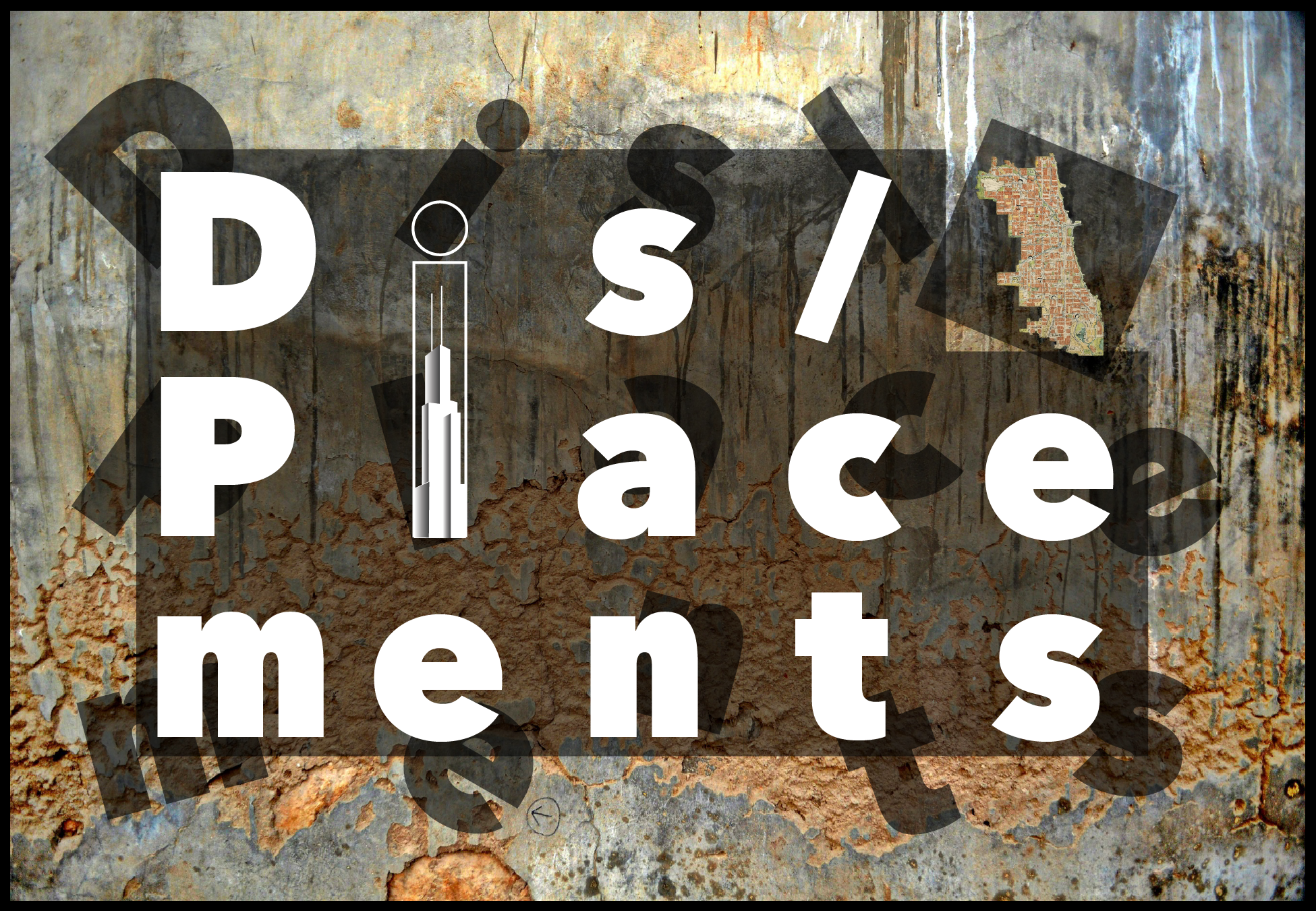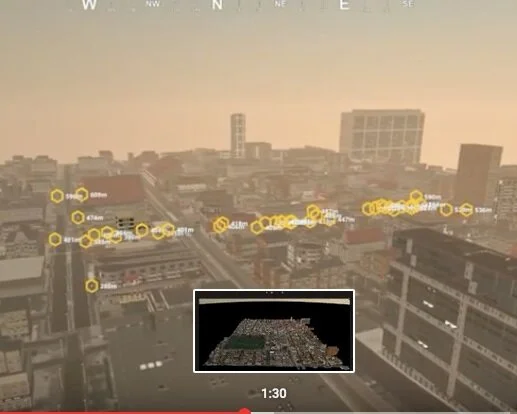Projects
projectS
Welcome to the Dis/Placements Project! Begun in 2017, this project brings together scholars, students, and community members to chronicle a People’s History of Uptown. It traces displacements of people and struggles over land, housing, and community in the city of Chicago, raising critical questions about how we understand urban “development” or renewal, who this development is for, and how it is structured. We begin this interrogation in Uptown, a northside neighborhood uniquely shaped and formed by local, national, and transnational geopolitical and economic displacement, racial segregation, and state and imperial violence. The project documents, curates, and visualizes these varied displacements as well as the active place-making over the course of the last century through a range of sources and platforms - academic scholarship, public and community archives, oral history narratives, student-produced artwork, zines, and digital stories, 3D timelines, virtual walking tours, storymaps, and photographs that reveal Uptown as the multiracial anomaly that it was, and remains, in Chicago, arguably one of the most segregated cities in America.
Drawing on archival sources and oral history narratives, this three-dimensional timeline provides a different way to visualize the extensive and rich history of grassroots resistance efforts to urban displacement in Uptown - social movements, community organizations, newsletters, political campaigns, protests and so much more.
Telling the story of racial segregation on the northside of Chicago, this project captures the vibrancy and resilience of Black life on one block - 4600 N. Winthrop Avenue. In the face of an informal restrictive covenant, the residents created a tight-knit, caring community - the Winthrop Avenue Family. These are their stories.
These radical history walking tours historicize spaces and experiences of urban displacement and willful emplacement over the course of the last century in Uptown. The first of these self-guided tours is grounded in archival research and oral histories to trace sustained grassroots resistance to urban renewal or urban “removal” efforts in Uptown.
Gathered over a period of years, this is a curated list of published and archival sources - scholarly books, articles, dissertations, visual media, community newsletters - that chronicle decades of urban renewal efforts and the “submerged traditions” of people’s responses to them in Uptown.
Students from Global Asian Studies (GLAS) courses produced digital stories, zines & photoessays that narrate the multi-racial and migrant histories of Uptown. These creative projects represent a range of place-making engagements that capture stories of displacement, resistance, and solidarity in the face of organized efforts for urban renewal/removal.
This project uses maps generated through ArcGIS software to tell stories about changing material landscapes and immaterial demographics in Uptown. It provides yet another way to visualize and map changes in this neighborhood, a long-time migrant portal that in many ways encapsulates the story of Chicago.
As part of a living and growing repository of Uptown histories, memories, and material realities, these photographs from personal and public archives capture memories and changes in Uptown over the past century. They are a small window on Uptown ‘then’ and ‘now’ that we hope you can contribute to, as we collectively grow this archive!
COMING SOON
Using gaming technology to create a virtual reality Uptown neighborhood, this platform provides an immersive experience. It allows viewers to “walk” through the Uptown neighborhood on curated tours, narrated by composite figures representing long-time activists, to tell a people’s history of Uptown.
Copyright ©2018 Dis/Placements Project











